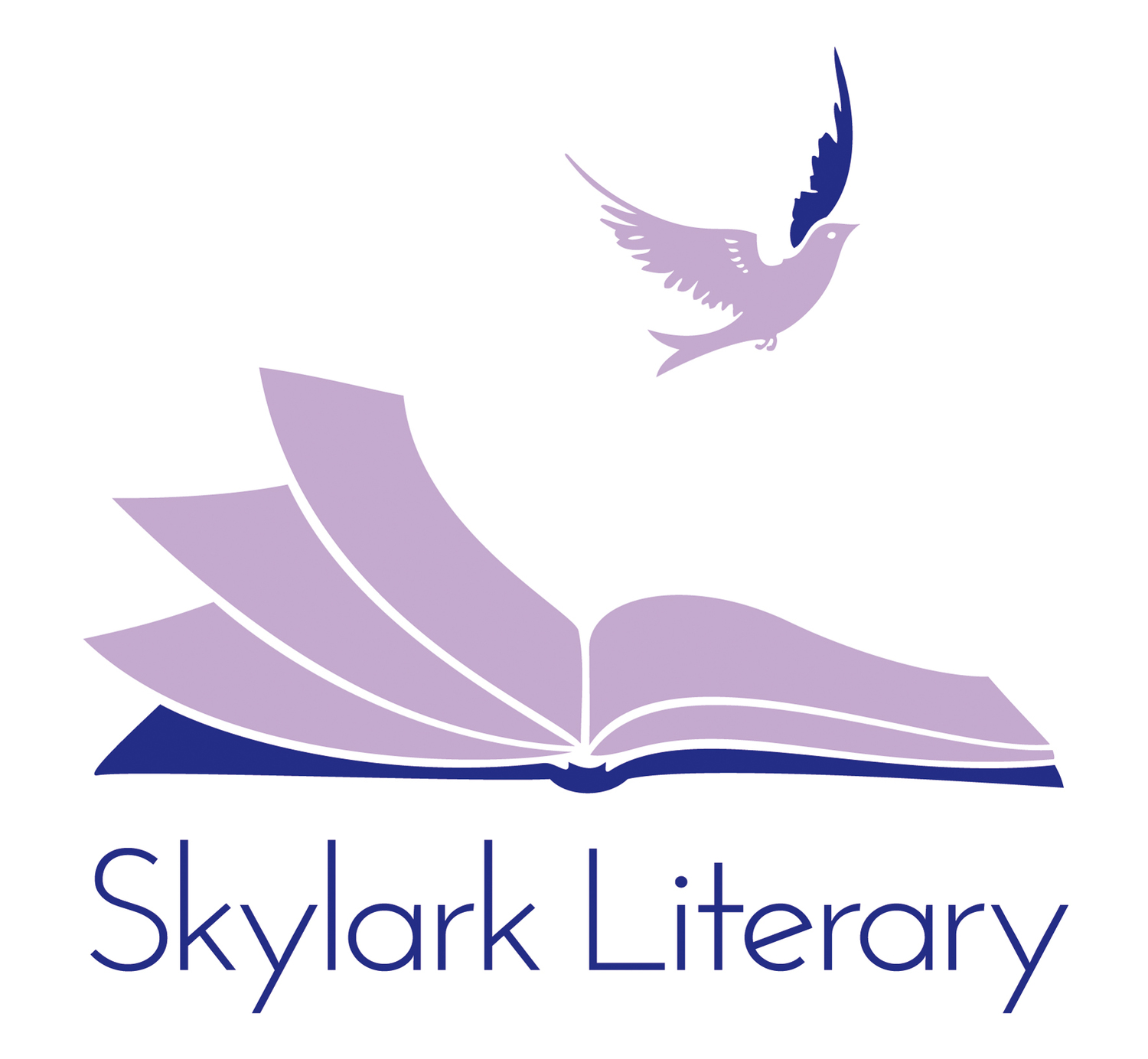"Reading Time" by Patrick Creative Commons
Who do you write for when you’re thinking of your reader? Is it yourself as a child? Or your own children? Or perhaps an imaginary reader? Whoever it is, it makes a huge difference to your writing if you know them clearly in your own mind. How old are they? What are their interests? What do they do with their friends? Most importantly – what else are they reading? When you feel you know your prospective readers well, your own writing voice (see previous blog post) is more consistent and honest as a result.
So often we are sent manuscripts by authors who have felt inspired to write for children but have little familiarity with what is already being read by their potential audience. We can’t emphasise enough how helpful it is to read contemporary books for children as well as remembering the classics of your own childhood. If you are aware of what is on the market at the moment, you will have a much stronger chance of appealing, not only to your readers, but also to the people who stand between you and them – the agents, the publishers, the booksellers and the librarians.
The quality of children’s fiction in today’s market is exceptionally high so it will help your writing enormously if you understand what else is out there and what is selling well. Even if you don’t like some of it, at least you’ll know what sort of stories your potential readers are enjoying and what they choose to have on their bookshelves.
So if you’re serious about wanting to write and be published in the Children’s or YA arena, then the best advice we can give is to read, read, read what is currently popular with your target readership. It will only ever make you a better – or at least, more successful – writer.


